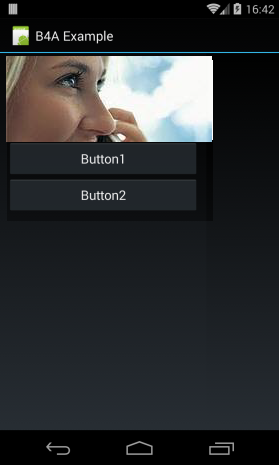Sorry but it's still not clear.
I understand the idea of #AdditionalRes, but I want to give an actual example showing where to put the folders.
I have used both GIT and Eclipse to download the project from
https://github.com/jfeinstein10/SlidingMenu.git
Then I ran Project>Clean in Eclipse
The resulting folders and files are fairly similar whether I use GIT or Eclipse.
In each case, there are two folders called res:
\library\res
\example\res
I do not know which one to use.
I copy one of them into the folder specified by B4A [Tools>Configure Paths] Shared Modules folder (not knowing where to actually put the folder).
I change the #AdditionalRes line to specify this folder.
When I run the app, it compiles and installs exactly as before but never gets past the line
sm.Initialize("sm")
although the app seems to be still running on the device.
Exactly the same happens no matter which of the two res folders I use.
I have spent a day trying unsuccessfully to make this work.
A complete B4A example including all the required folders would be very useful.


